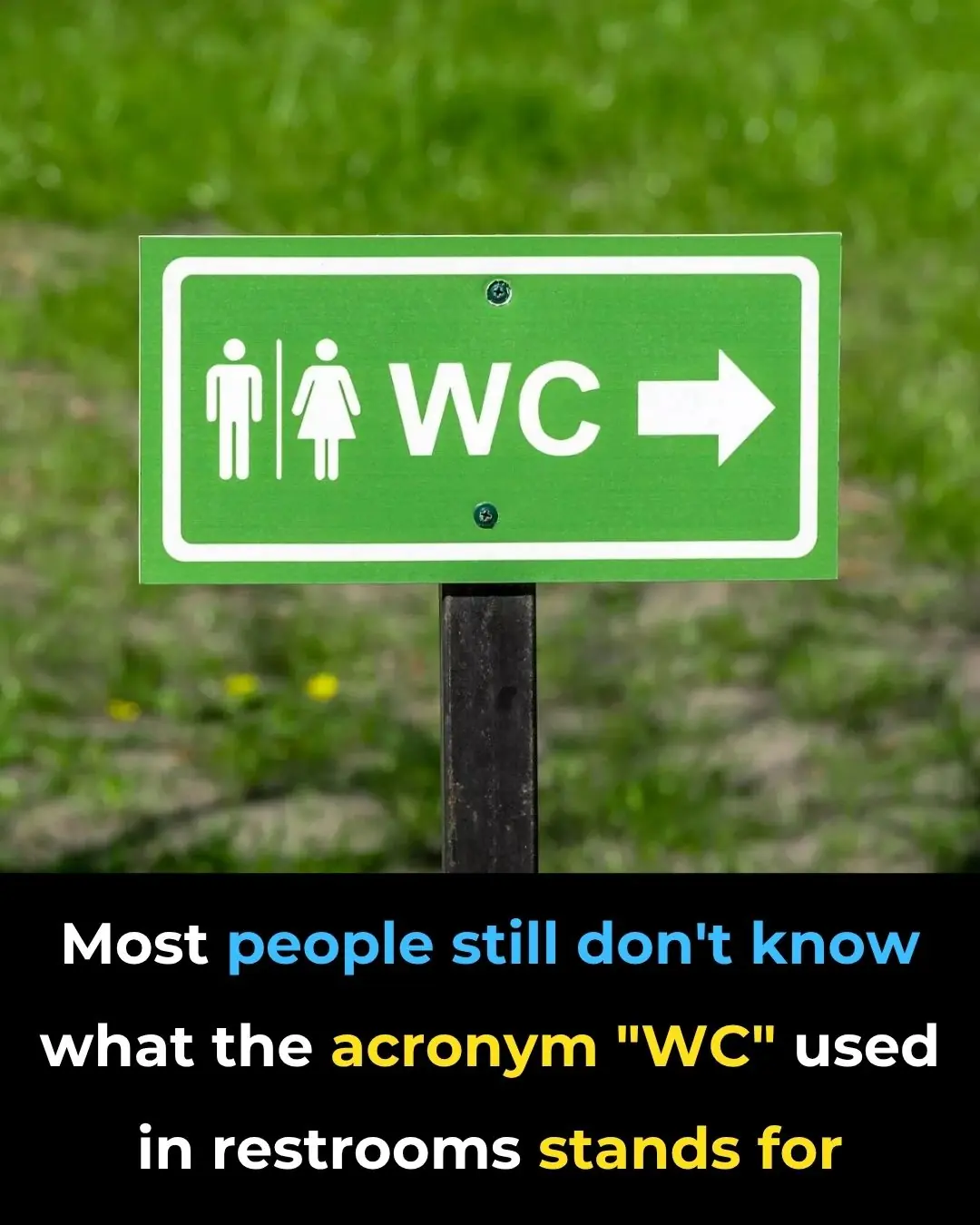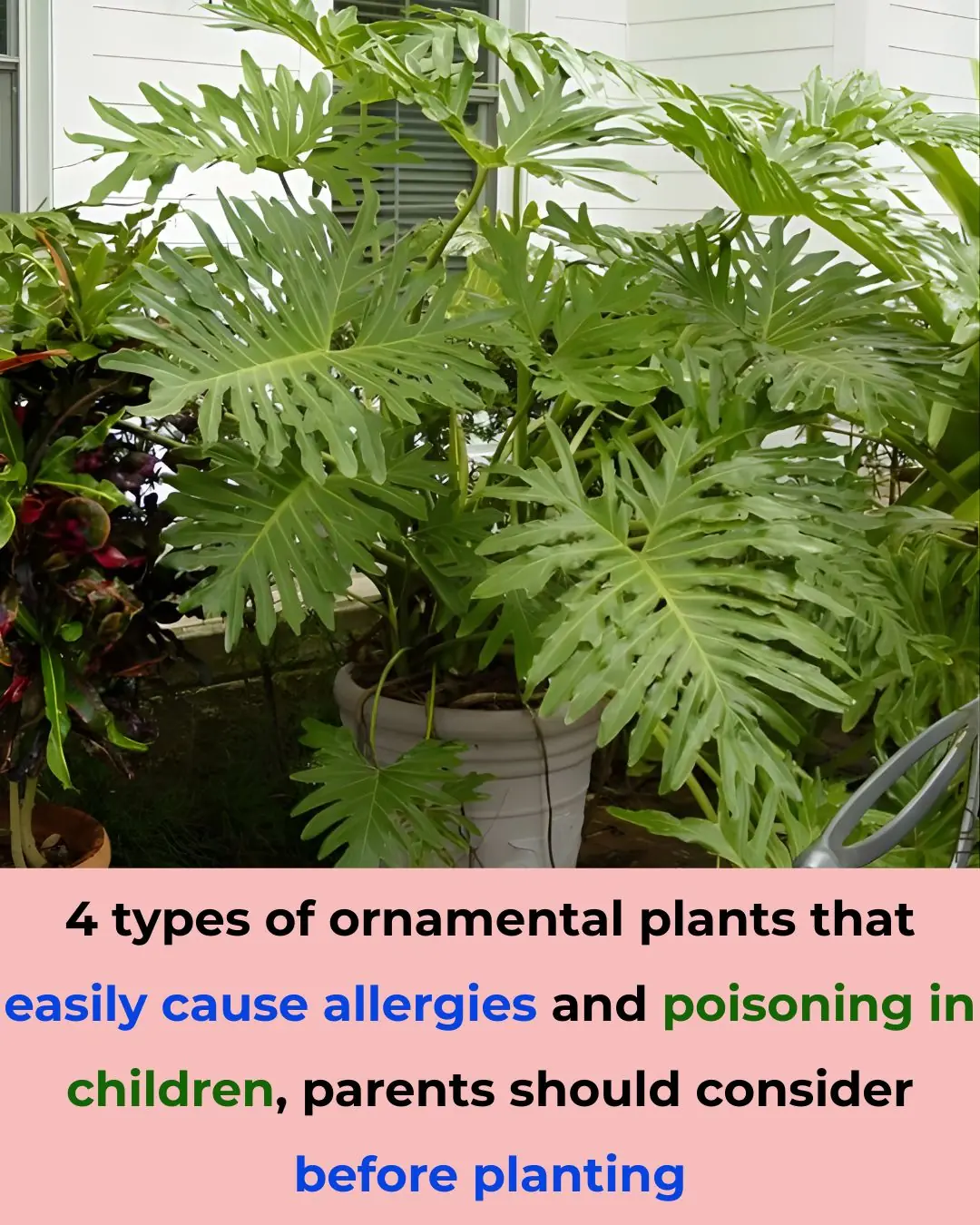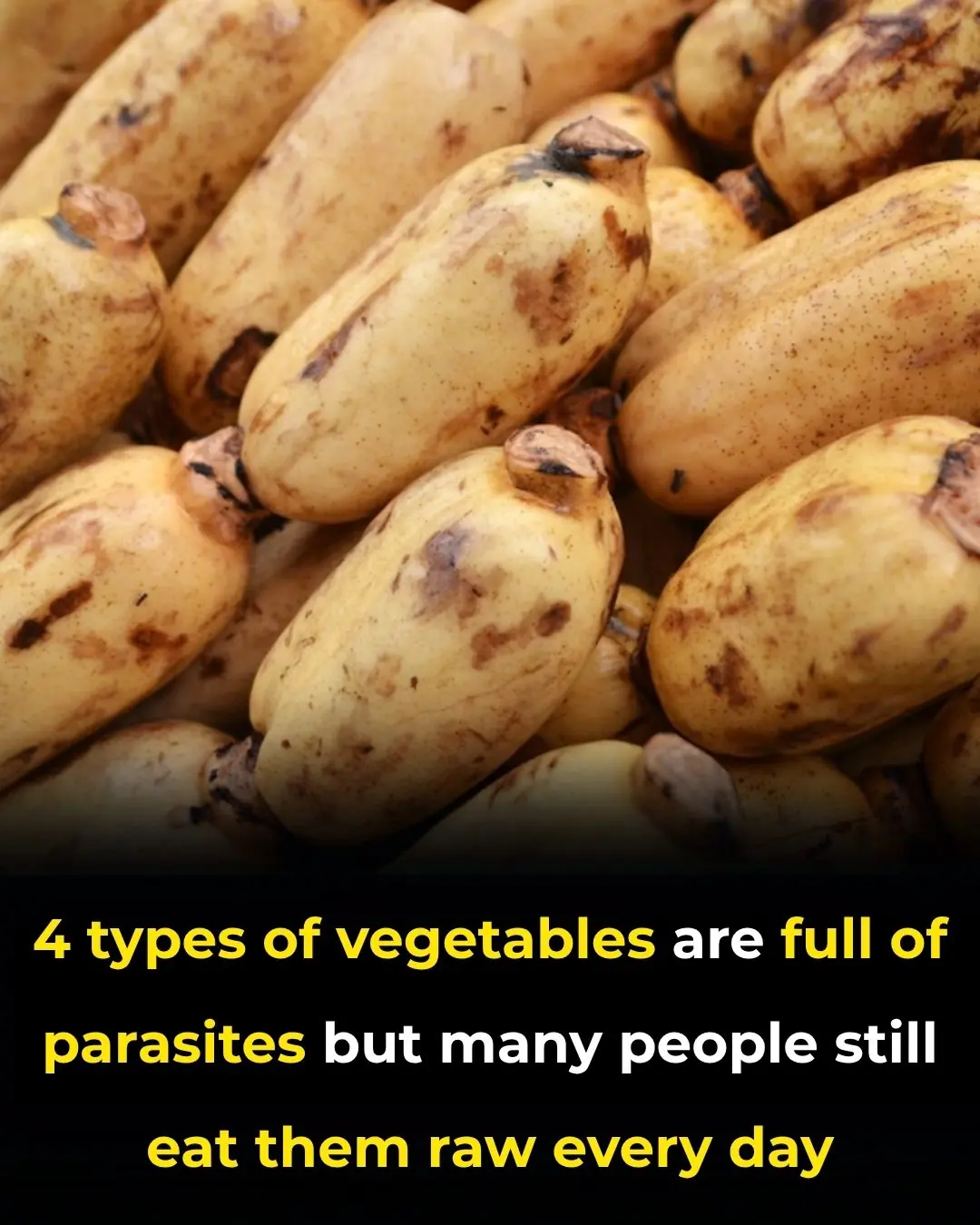
10 Safest Places to Be if World War III Erupts
If global tensions ever spiral into a full-scale conflict like World War III, a pressing question will arise for millions around the world: Where would it still be safe to live?
In such a catastrophic scenario, the safest locations won’t be bustling metropolises, military superpowers, or global financial centers. Instead, geographic isolation, political neutrality, and self-reliance become the pillars of survival.
While no place on Earth can ever be considered completely immune to global chaos, some countries are far better positioned to remain stable, secure, and sustainable in the face of widespread conflict. Below are 10 of the safest places to be—if the worst were ever to come to pass.
1. New Zealand
Why It’s Safe: Remote location, political neutrality, and strong self-sufficiency
Nestled in the South Pacific, New Zealand is one of the most geographically isolated developed countries in the world—far from traditional conflict zones and global power struggles. With its strong democratic institutions, a non-aggressive foreign policy, and abundant natural resources, the country is widely regarded as one of the top safe havens in times of global turmoil.
New Zealand’s economy is heavily supported by agriculture, and it generates a significant portion of its energy from renewable sources like hydro and geothermal. Its low population density and minimal geopolitical involvement further strengthen its appeal as a wartime refuge.
Bonus: Its clean environment, natural beauty, and strong disaster preparedness systems make it not only safe—but livable.
2. Switzerland
Why It’s Safe: Long-standing neutrality and advanced civil defense
Famous for its centuries-long stance of neutrality, Switzerland has avoided entanglement in global wars since the early 19th century. The country is highly fortified—not with outward aggression, but through a vast network of underground bunkers, robust civil defense infrastructure, and compulsory military training.
The Swiss Alps provide a natural fortress, and the government invests heavily in national preparedness. Though centrally located in Europe, Switzerland’s refusal to join military alliances like NATO helps shield it from becoming a target.
Interesting Fact: By law, there are enough fallout shelters in Switzerland to house its entire population.
3. Iceland
Why It’s Safe: Remote, peaceful, and 100% renewable
With no standing army and virtually no enemies, Iceland is often overlooked in global strategic calculations—and that’s exactly what makes it safe. Sitting alone in the North Atlantic, the island nation is far removed from major trade routes and military flashpoints.
Iceland is powered entirely by renewable energy from geothermal and hydro sources, making it energy-independent. It’s one of the few countries that could survive extended global disruptions without relying on foreign fuel or electricity.
Pro Tip: The small population and strong sense of community also make Iceland a uniquely resilient society in times of crisis.
4. Antarctica
Why It’s Safe: No military presence and extreme isolation
While not a typical residential option, Antarctica is perhaps the most geopolitically untouched region on Earth. The Antarctic Treaty, signed by over 50 countries, strictly prohibits any military activity on the continent, making it the only place on Earth officially demilitarized by international law.
The harsh climate and logistical challenges mean it’s only viable for scientists and researchers in well-equipped stations—but in terms of sheer safety from war, it’s arguably the top choice.
Reality Check: Survival here requires intense preparation, but if World War III becomes truly global, isolation could be the ultimate protection.
5. Argentina
Why It’s Safe: Geographical remoteness and resource abundance
Located far from traditional war theaters, Argentina offers natural defenses like the Andes Mountains, expansive rural areas, and rich agricultural land. It is self-sufficient in food and energy, and it maintains a relatively neutral foreign policy, rarely taking sides in global conflicts.
Argentina also benefits from a variety of climates and a low population density in many regions, especially in the south. These factors make it one of the most viable places for long-term self-reliance during geopolitical unrest.
Extra Advantage: Its southern provinces like Patagonia are remote, beautiful, and sparsely populated—ideal for going off-grid.
6. Ireland
Why It’s Safe: Politically neutral and food-secure
Though geographically close to the rest of Europe, Ireland has consistently pursued a policy of military neutrality and is not a full NATO member. Its location on the western edge of Europe makes it less likely to be directly involved in conflict, and it has a stable democracy and high quality of life.
Ireland also has strong food production capabilities, clean water sources, and relatively low population density in rural areas. These factors combine to make it a low-profile but highly livable place to weather global instability.
Noteworthy: Ireland’s historical stance of neutrality, even during World War II, demonstrates its preference for peace over politics.
7. Canada (Remote Areas)
Why It’s Safe: Vast territory, abundant resources, and low population density
Although Canada is a NATO member, its vast wilderness areas, especially in the north and interior regions, make it a practical choice for those seeking safety through remoteness. With some of the world’s largest freshwater reserves, massive forests, and ample farmland, Canada has the resources to support isolated communities for extended periods.
Staying far from urban centers, military installations, or border regions would be key to maximizing safety.
Safety Tip: Provinces like Yukon, Newfoundland, or parts of British Columbia could offer high security with minimal exposure.
8. Tuvalu & Other Remote Pacific Islands
Why They’re Safe: Small, unthreatening, and strategically irrelevant
Tiny island nations such as Tuvalu, Kiribati, and Samoa are rarely caught in the crosshairs of global conflict. With no standing armies and very little strategic or economic significance, these islands fly under the radar.
They rely on local agriculture, fishing, and imported goods, but their strong community bonds and isolation could shield them from the worst of global turmoil—at least in the short term.
Caveat: Climate change poses long-term threats to these islands, especially rising sea levels.
9. Bhutan
Why It’s Safe: Mountain isolation, peace-first culture, and political non-alignment
Tucked away in the eastern Himalayas, Bhutan is one of the world’s most peaceful and isolated countries. It has no significant history of war, no military alliances, and maintains a strong focus on sustainable development and citizen well-being.
With its challenging terrain and spiritual approach to governance (famous for measuring Gross National Happiness), Bhutan is a model of internal stability and contentment—even amid global uncertainty.
Bonus Point: Its small size and difficult access make it strategically unimportant, which in this case is a good thing.
10. Chile
Why It’s Safe: Geographic barriers, resource diversity, and political stability
Stretching along South America’s Pacific coast, Chile benefits from natural boundaries: the Andes Mountains to the east and the vast Pacific Ocean to the west. Its southern regions—especially Patagonia—are remote and hard to reach, making them ideal for retreat and survival.
Chile has a diverse climate, solid infrastructure, and one of the region’s most stable governments. It also boasts strong agricultural production, giving it an advantage in food self-sufficiency.
Best Regions: Southern Chile offers pristine wilderness and limited population—perfect for staying off the radar.
What Actually Makes a Place Safe During a Global War?
While nothing can fully shield you from the fallout of a world war, certain factors significantly increase a country or region’s resilience. The safest places tend to have:
✅ Geographic isolation from major powers and likely conflict zones
✅ Political neutrality and independence from military alliances
✅ Self-sufficiency in food, water, and energy
✅ Low strategic value, reducing chances of being targeted
✅ Stable governance and resilient infrastructure
Final Thoughts: Hope for Peace, Prepare for Possibility
No one truly wants to imagine a future marked by global conflict—but history has shown that peace is never guaranteed. Whether you're a cautious planner or simply curious, knowing which parts of the world offer the highest chance of security during war is valuable information.
These locations aren’t just random dots on a map—they’re places where neutrality, natural defense, and sustainability converge to offer some of the best chances of survival.
Disclaimer: This article is for informational purposes only and does not constitute survival advice. Always seek expert consultation before making any major decisions related to relocation or emergency planning.
News in the same category


If a Man Doesn’t Appreciate You, Here’s What You Should Do

When a woman stops loving a man, she begins…

5 hygiene mistakes that many people make... but no one dares to talk about...

What does this gesture mean?

Is Too Much Rice Harming Your Health

Has This Ever Happened to You? The Strange Phenomenon That Freezes You in Your Sleep

Some people are only now realizing what the “WC” sign stands for on washrooms

Unbelievable Discovery: Praying Mantis Eggs Found in Christmas Tree

7 Ways to Deal With A Cheating Husband

Polylaminin: Could This Breakthrough Help Heal Spinal Cord Injuries?

Global AWS Outage Disrupts Major Apps and Airlines, Exposing the Internet’s Fragile Backbone

4 types of ornamental plants that easily cause allergies and poisoning in children, parents should consider before planting

Most Attractive Hobby a Man Can Have According to Women

Make Your Sausages Juicier and More Flavorful With This One Simple Step Before Cooking

Don’t Leave Your Phone Charger Plugged In

These Wax Worm Caterpillars Can Eat & Digest a Plastic Bag in Just One Day

AI Laser Zaps 30 Mosquitoes Per Second from 6 Meters Away

What Is Frank’s Sign
News Post

The Wonderful Hazel Tree (Corylus avellana): Nutrition, Healing, and Traditional Uses of Every Part

Boiling a Whole Avocado: The Secret to Softness, Nutrition, and a Delicious Baked Recipe

The Hidden Healing Power of Papaya Leaves

Sugar Apple (Annona squamosa): A Sweet Fruit with Powerful Health Benefits

If you find a centipede at home, here is what it means...

Why We Feel That Little Electric Sh0ck When We Touch Another Person—Science Explains

If a Man Doesn’t Appreciate You, Here’s What You Should Do

25 Worrying Signs Your Body Is Trying to Warn You of Serious Health Problems (and What to Do About Them)

The Hidden Power of Lactuca serriola Root (Prickly Lettuce Root)

Why You Should Stop Waking Up to Urinate

4 types of vegetables are full of parasites but many people still eat them raw every day

Hidden Dangers in Your Mouth: Early Signs of Oral Cancer

Maple Trees from Root to Crown: A Complete Guide to Every Edible Part

7 Signs of Arthritis You Shouldn't Ignore

California Poppy: Nature’s Gentle Remedy for Relaxation and More

What is its purpose. see details

When a woman stops loving a man, she begins…

5 hygiene mistakes that many people make... but no one dares to talk about...

Don't make the mistake of throwing away tea bags. see more
